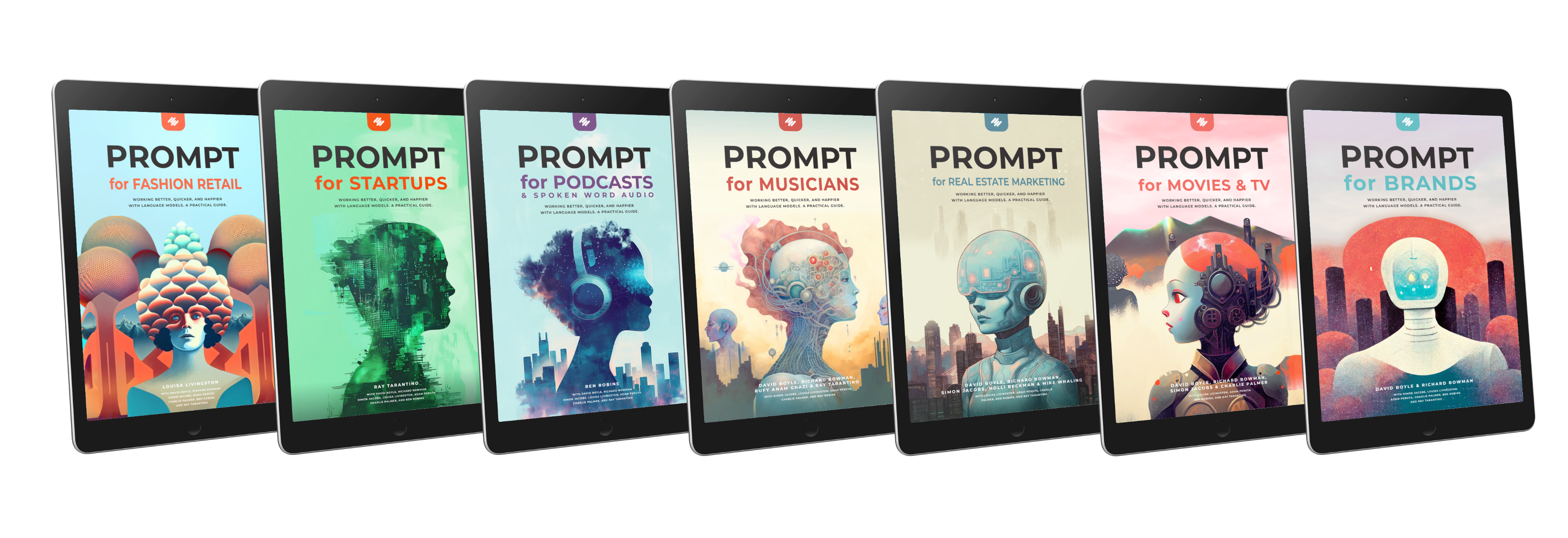We get asked a lot about this. Many people assume that, with a training data cut off of September 2021, chat GPT can’t come up with useful and current trends. Most trends you should invest in today were out there somewhere in September 2021. Here are some ways you can find them through creative prompting. As always: creativity is key and you need to think outside the box to get valuable insights.

🌍 Global Trend Borrowing
Prompt for trends in other influential countries for inspiration. These can serve as precursors to what might become mainstream in your area.
🎯 Target Audience Matters
Early adopters and niche communities often set the stage for broader trends. By prompting for trends in these groups, you can stay ahead of the curve.
📊 Niche and Micro-Trends
Prompt for mainstream, niche, and micro-trends to dig below the surface and get a fuller picture of what’s coming up.
🛍️ Adjacent Categories
Ask for trends in categories adjacent to the one you’re working in. Trends often hop categories!
🔮 Theoretical Exploration
Sometimes asking the model to speculate or hypothesize can offer unexpected but actionable insights. Theory can lead to practice.
📝 Expert Opinion Seed
Seed the model with ideas or stimulus from industry experts in your prompt to inspire it and focus it.
🤔 Counterfactual Scenarios
Ask the model what could happen under different conditions (e.g., post-pandemic, economic downturn). These “what if” questions can reveal overlooked trends.
🌱 Growth Indicators
Ask the model to identify signals or factors that could accelerate a trend’s adoption. This way, you can spot trends before they become mainstream.
By using these strategies, you can sidestep the limitations of a tool like ChatGPT and cone up with great trends. We’ve found these techniques to be more then enough to find trends we can work with in when working with experts in a wide range of categories.

